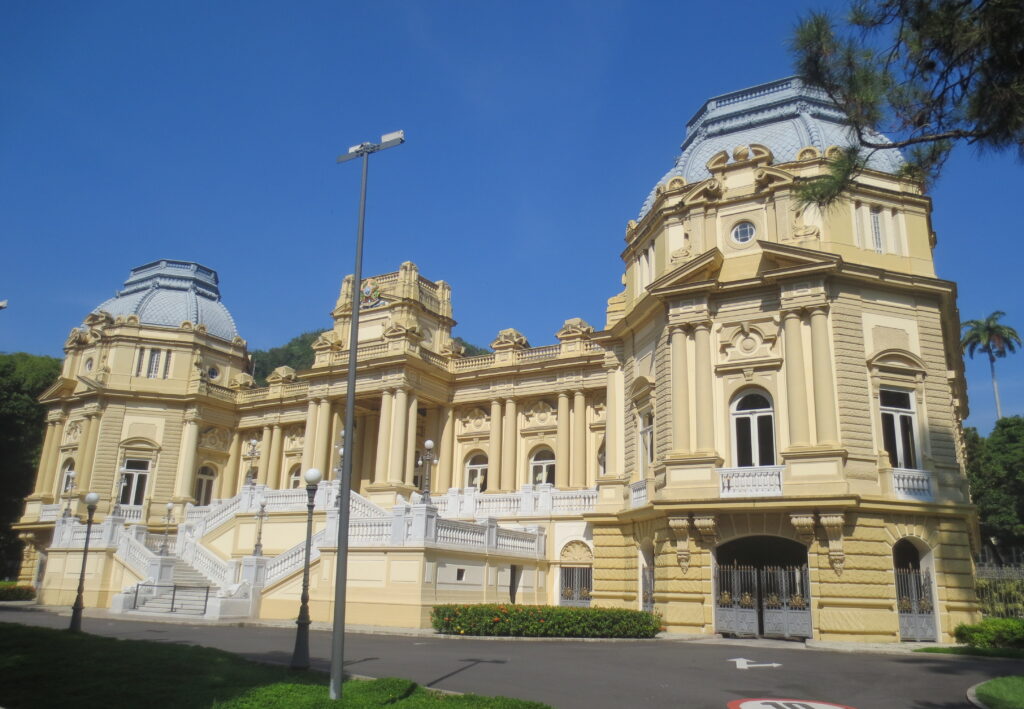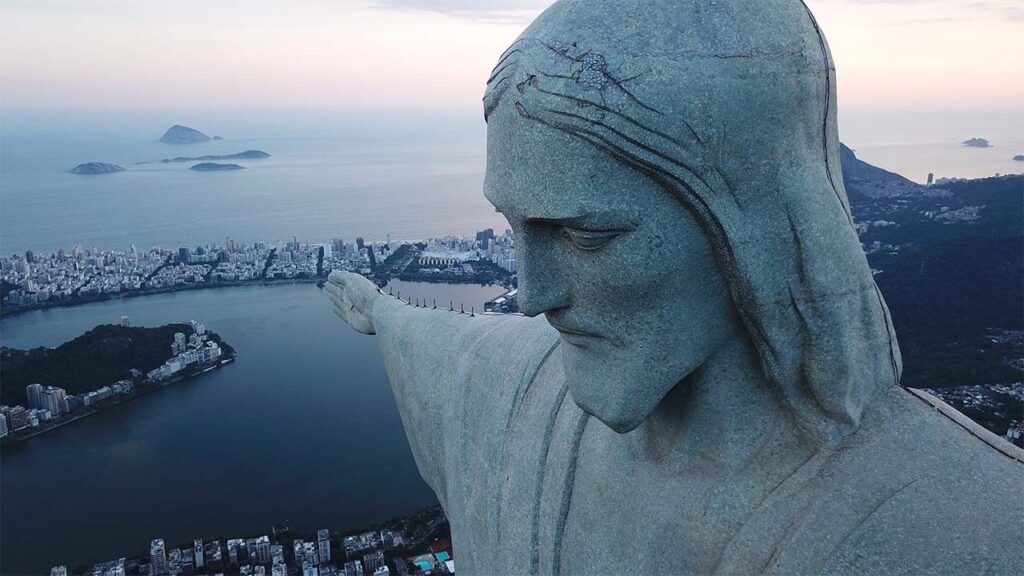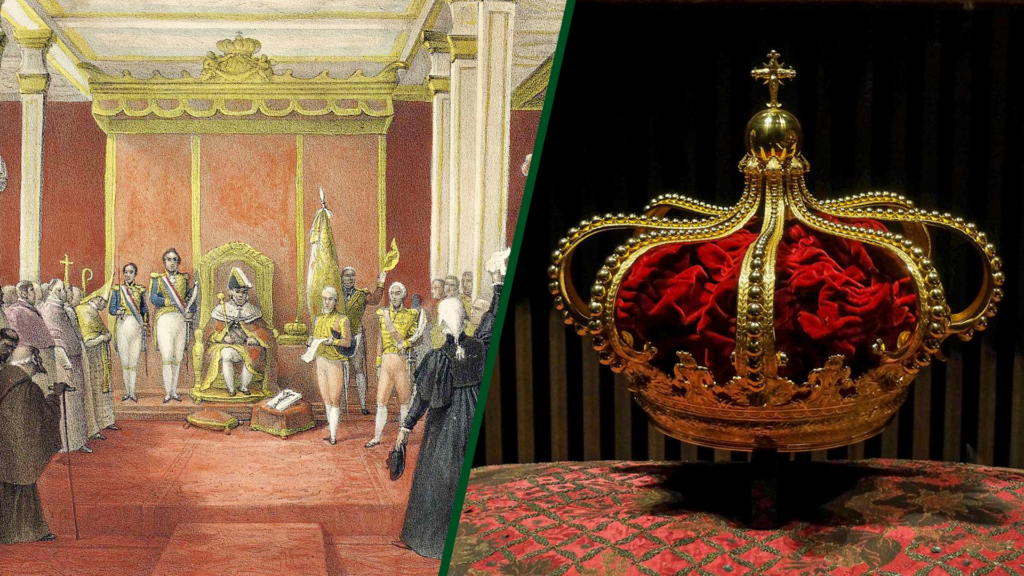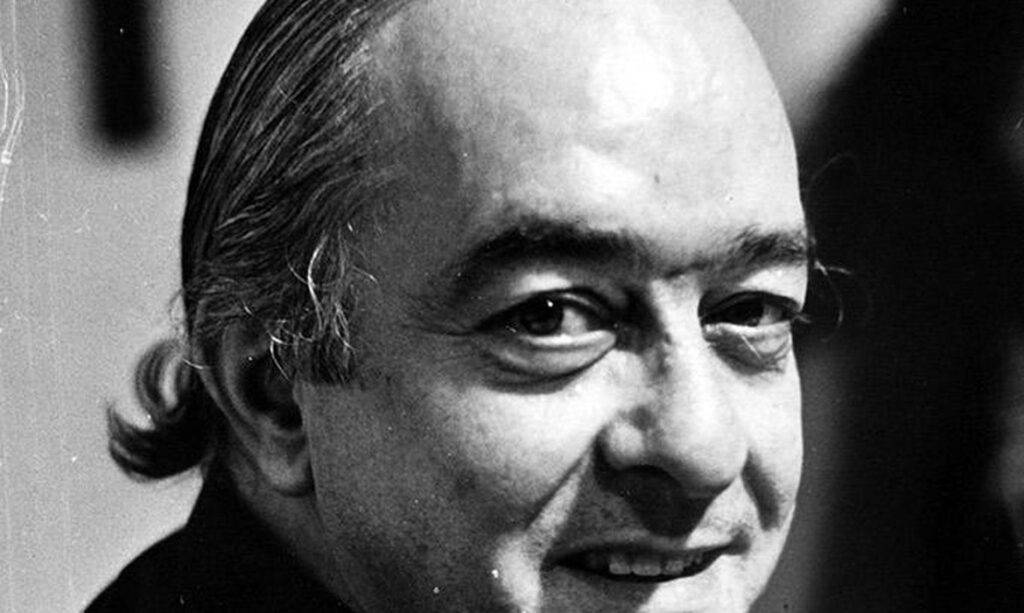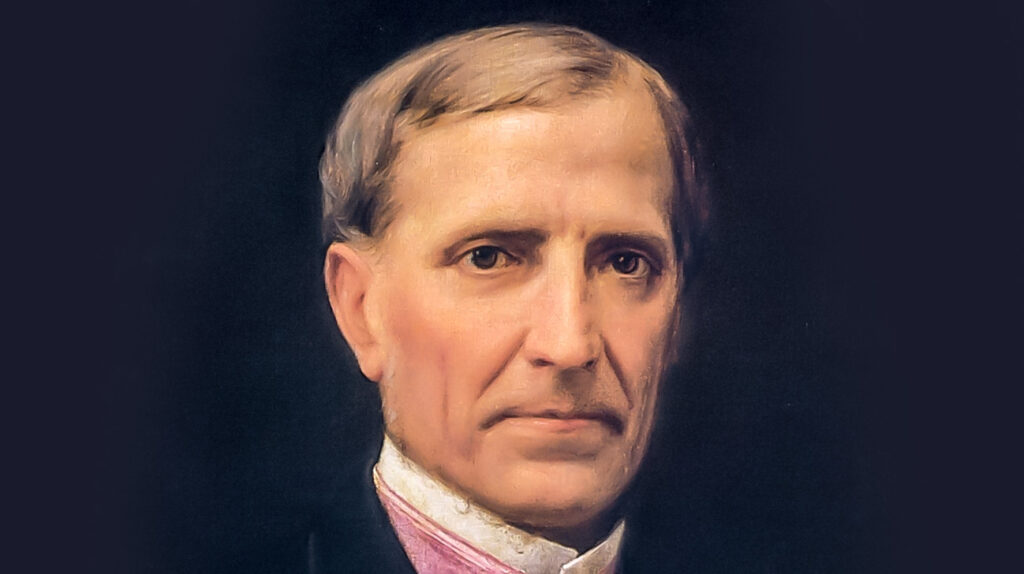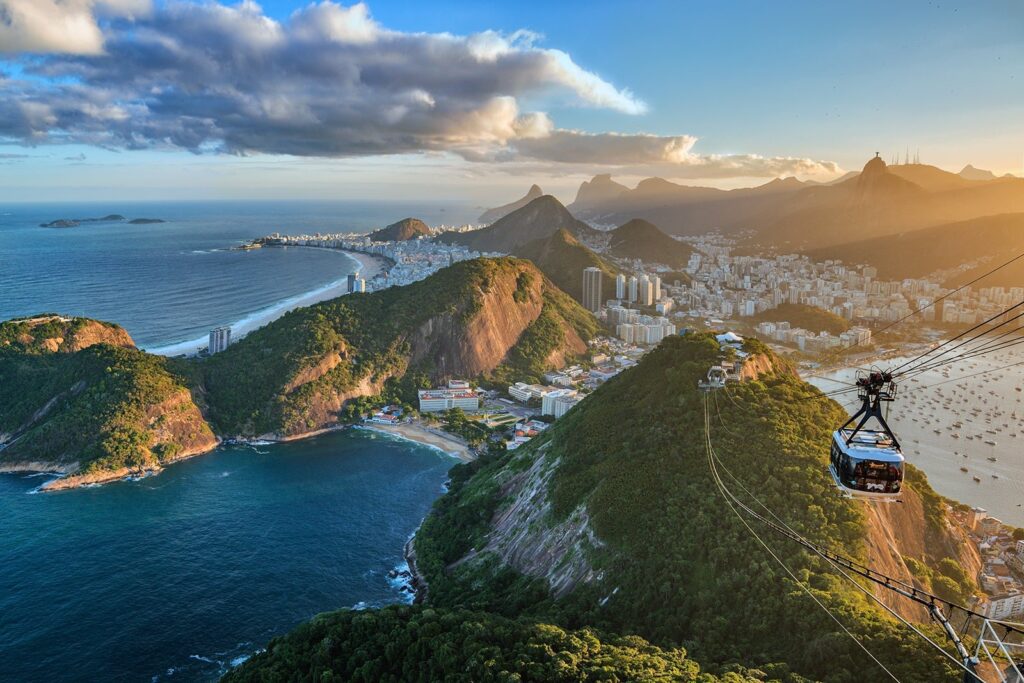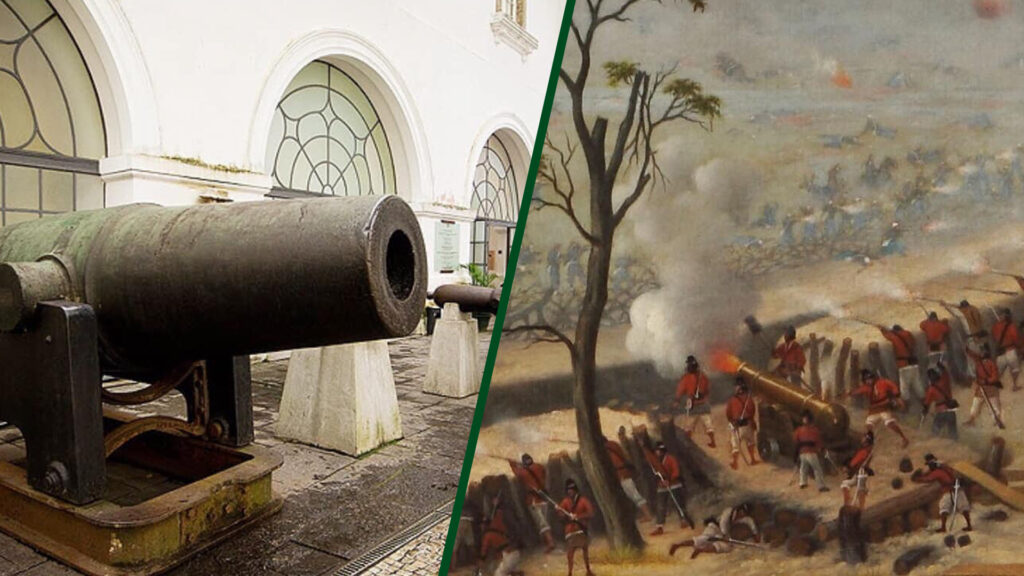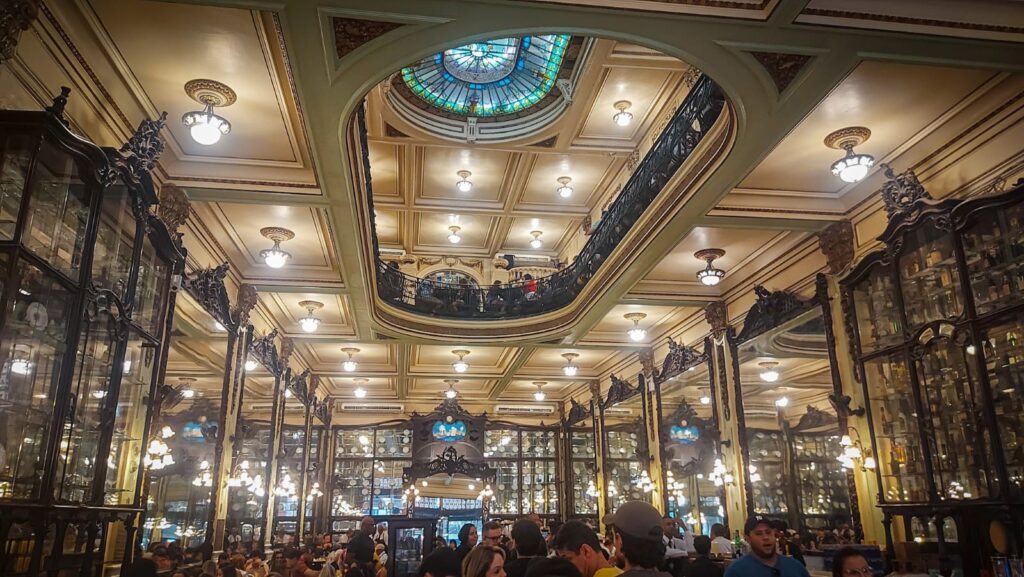
The origin of the popular saying “The customer is always right”
The origin of the popular saying “The customer is always right” is attributed to the founder of Confeitaria Colombo, a resident of the Glória neighborhood in Rio de Janeiro, who honored him by giving his name to one of its small alleys, Manoel José Lebrão (1868-1933).

